This charcoal drawing by André Maire represents an impressive view of Angkor Thom, one of the major sites of Khmer art. The composition, seen from a low-angle perspective, highlights one of the famous towers adorned with colossal faces from the Bayon temple — iconic symbols of Angkor Thom, likely representing either King Jayavarman VII or the bodhisattva Avalokiteshvara. These serene faces gaze in multiple directions, symbolizing divine vigilance.
Beneath this tower, Maire carefully depicts a monumental high-relief sculpture of a winged Garuda (a mythological creature, half-man, half-bird), a recurring figure in Khmer iconography, shown grasping a naga (sacred serpent).
In addition to the central monumental Garuda, on the right-hand side of the composition, one can discern a sculpted niche containing a standing figure of either a Buddha or bodhisattva.
The sculptures and bas-reliefs are rendered with great finesse, paying tribute to the incredible craftsmanship of the Khmer sculptors.
In the lower left part of the scene, offering bearers are depicted, adding a human scale to the titanic architecture. They are highlighted with a touch of red that contrasts with the black and gray tones of the charcoal. This inclusion is typical of Maire’s style: he liked to insert local figures into his depictions of monuments to emphasize cultural grounding and the relationship between the people and their heritage.
Depictions of Angkor Thom feature prominently in André Maire’s body of work. He first discovered the site in 1920 and was immediately captivated by its beauty. At the time, still engulfed by the Cambodian jungle, the temple was undergoing research and restoration campaigns led by the École française d'Extrême-Orient.
Upon arriving there, he wrote to his mother: “A marvel, especially the Bayon temple...”
Nearly thirty years later, after numerous travels across the world — Egypt, India, sub-Saharan Africa, Madagascar — André Maire returned to the places of his earliest artistic discoveries.
A sepia drawing depicting the same view as this charcoal was made in 1921 (see photo). By comparison, this drawing testifies to the artistic maturity he had achieved during his later stay in Cambodia between 1948 and 1958, a period during which he taught at the School of Architecture in Hanoi.
The work is reproduced on page 47 of Angkor, le Cambodge d’André Maire.
Signed and dated in the upper right corner: “André Maire 1955,” it has been preserved in excellent condition.
Visible dimensions: 64 x 49 cm
Framed dimensions: 80 x 65 cm
We are actively seeking works by travel painters such as André Maire. Feel free to contact us.
Photos taken in natural light.
Careful packaging.
Shipping costs to be covered by the buyer.
I remain available for any additional information or photos you may require.


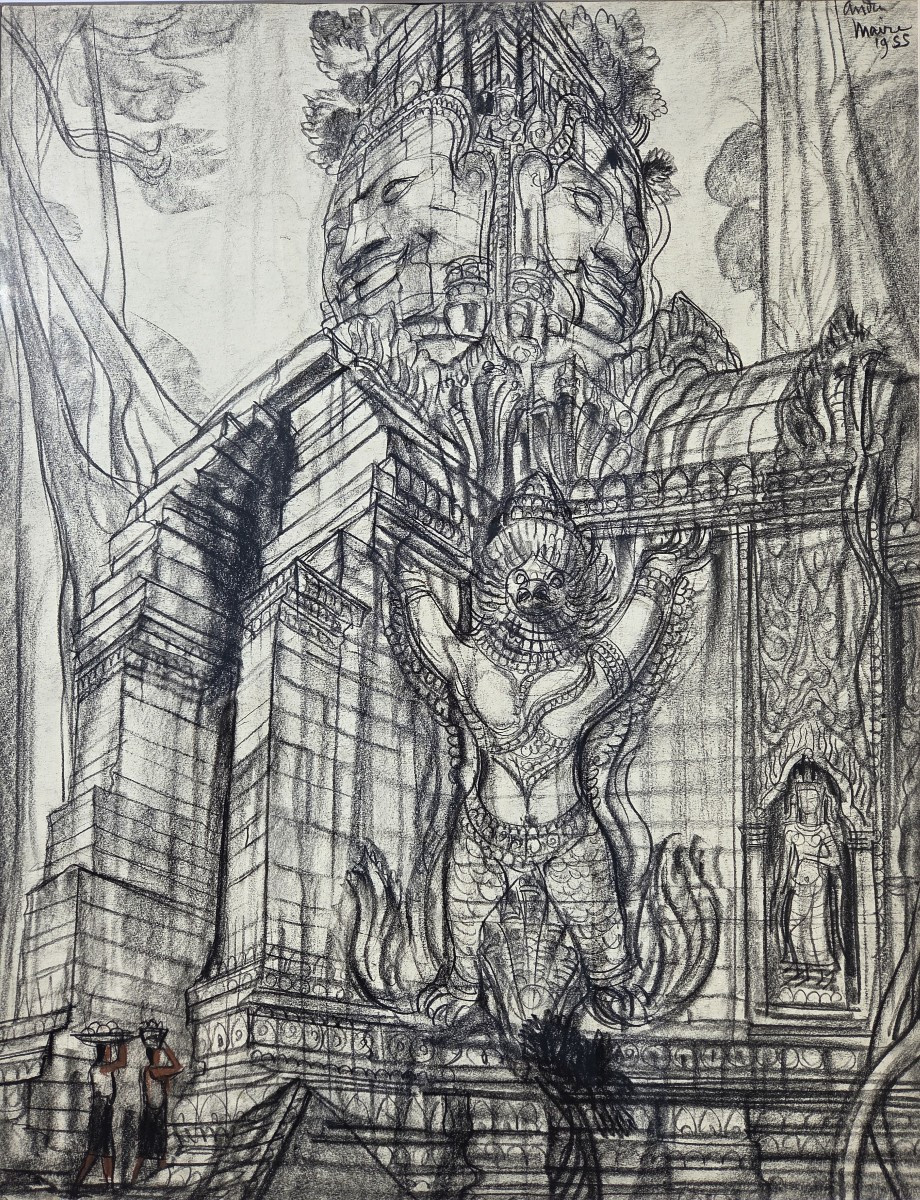
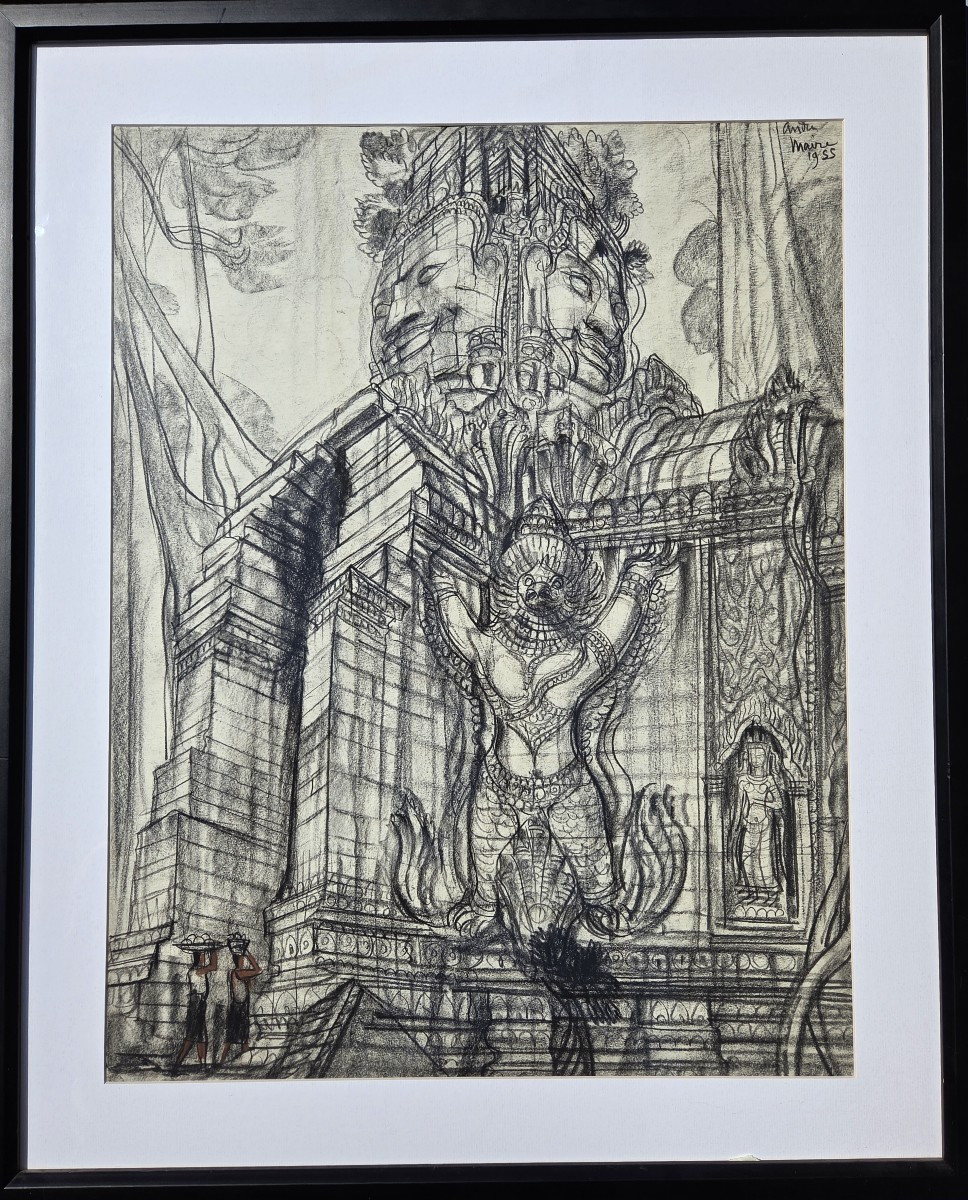
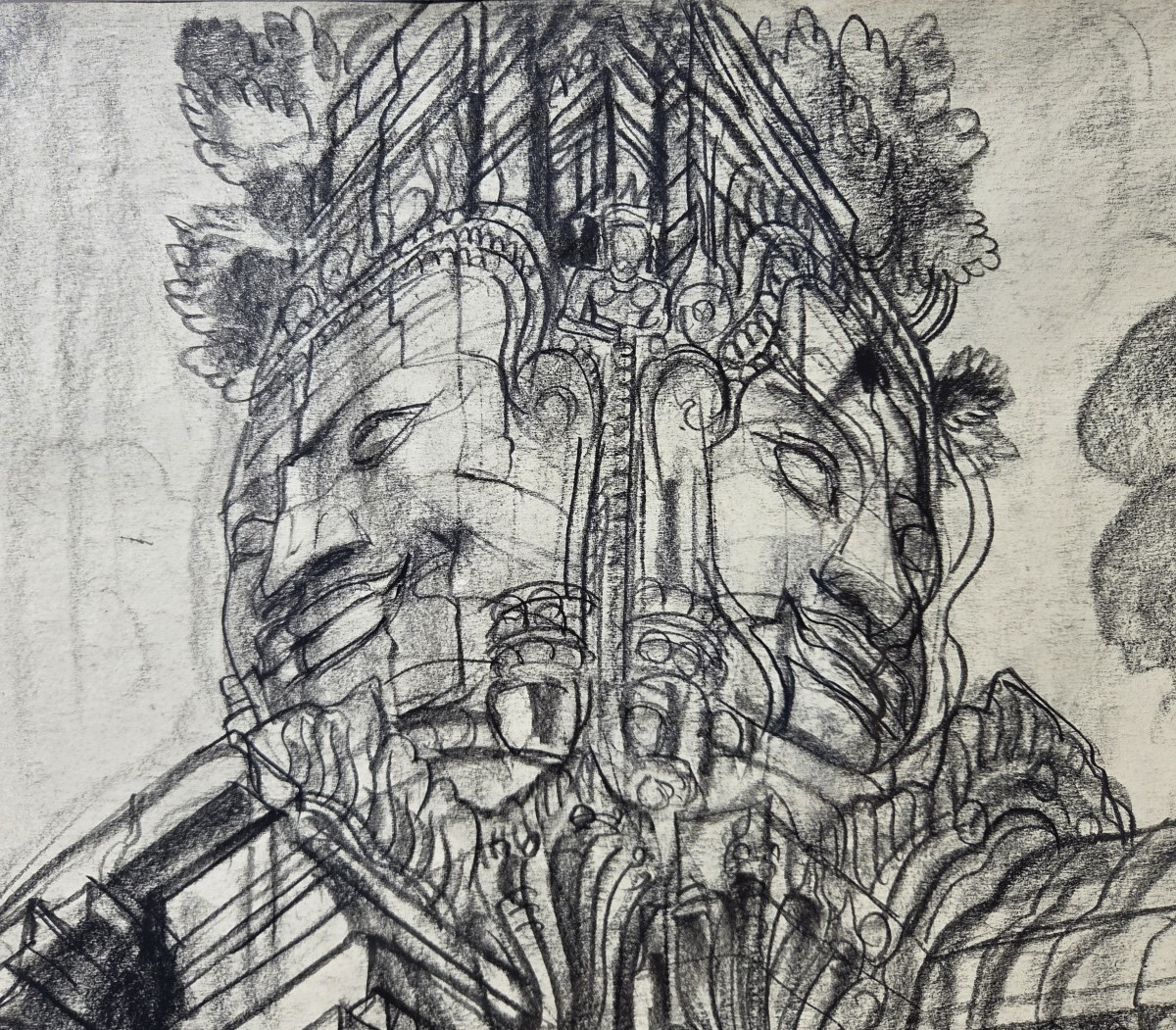



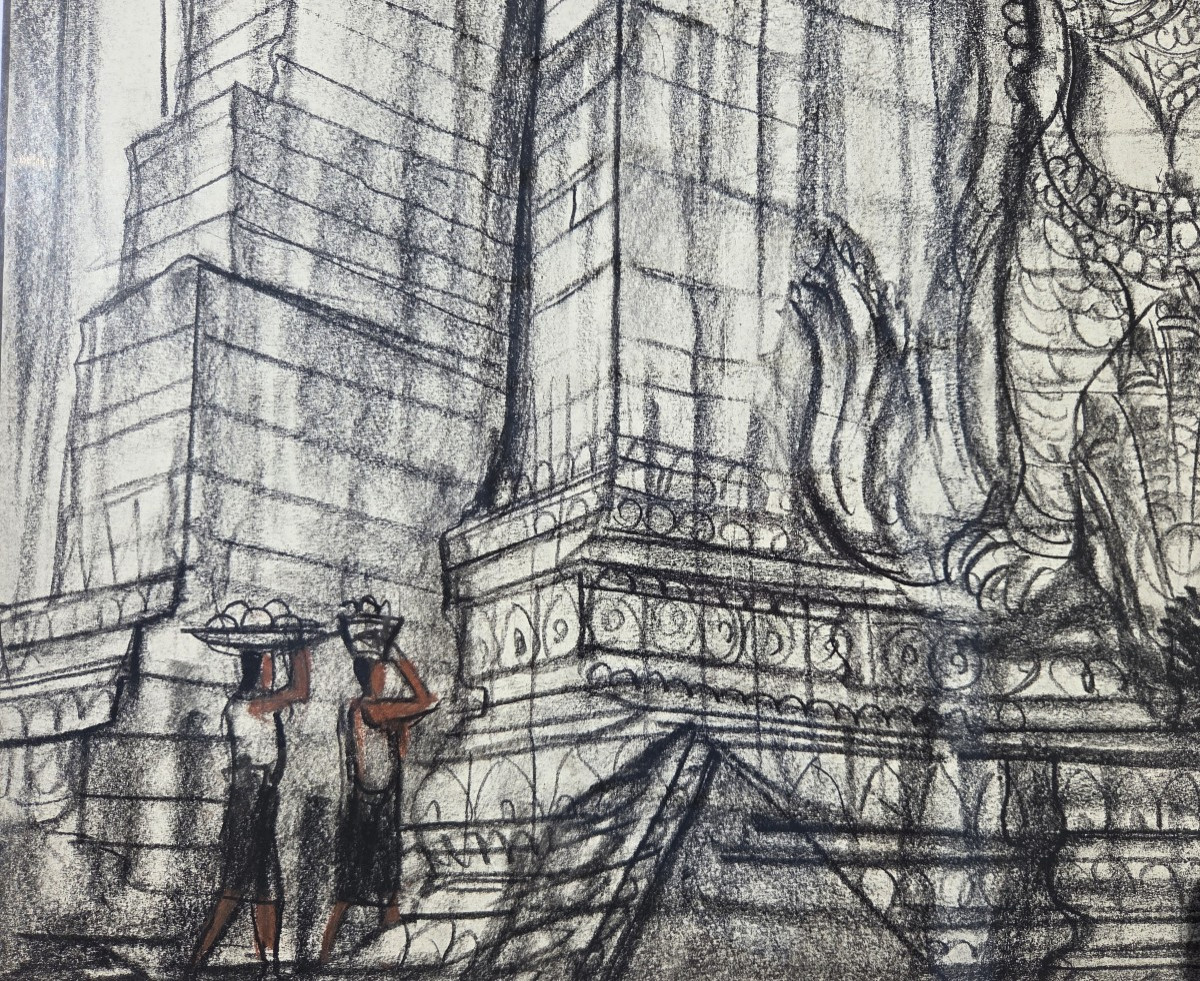























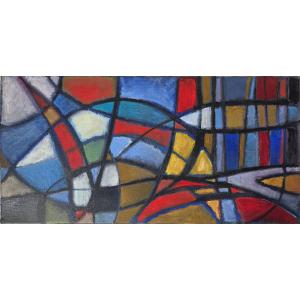






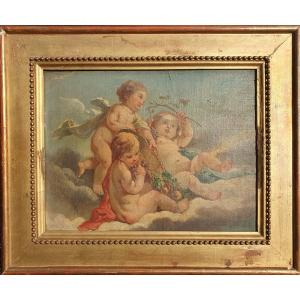
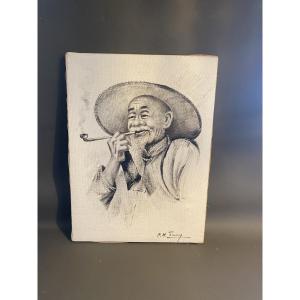

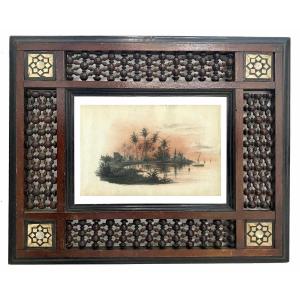





 Le Magazine de PROANTIC
Le Magazine de PROANTIC TRÉSORS Magazine
TRÉSORS Magazine Rivista Artiquariato
Rivista Artiquariato